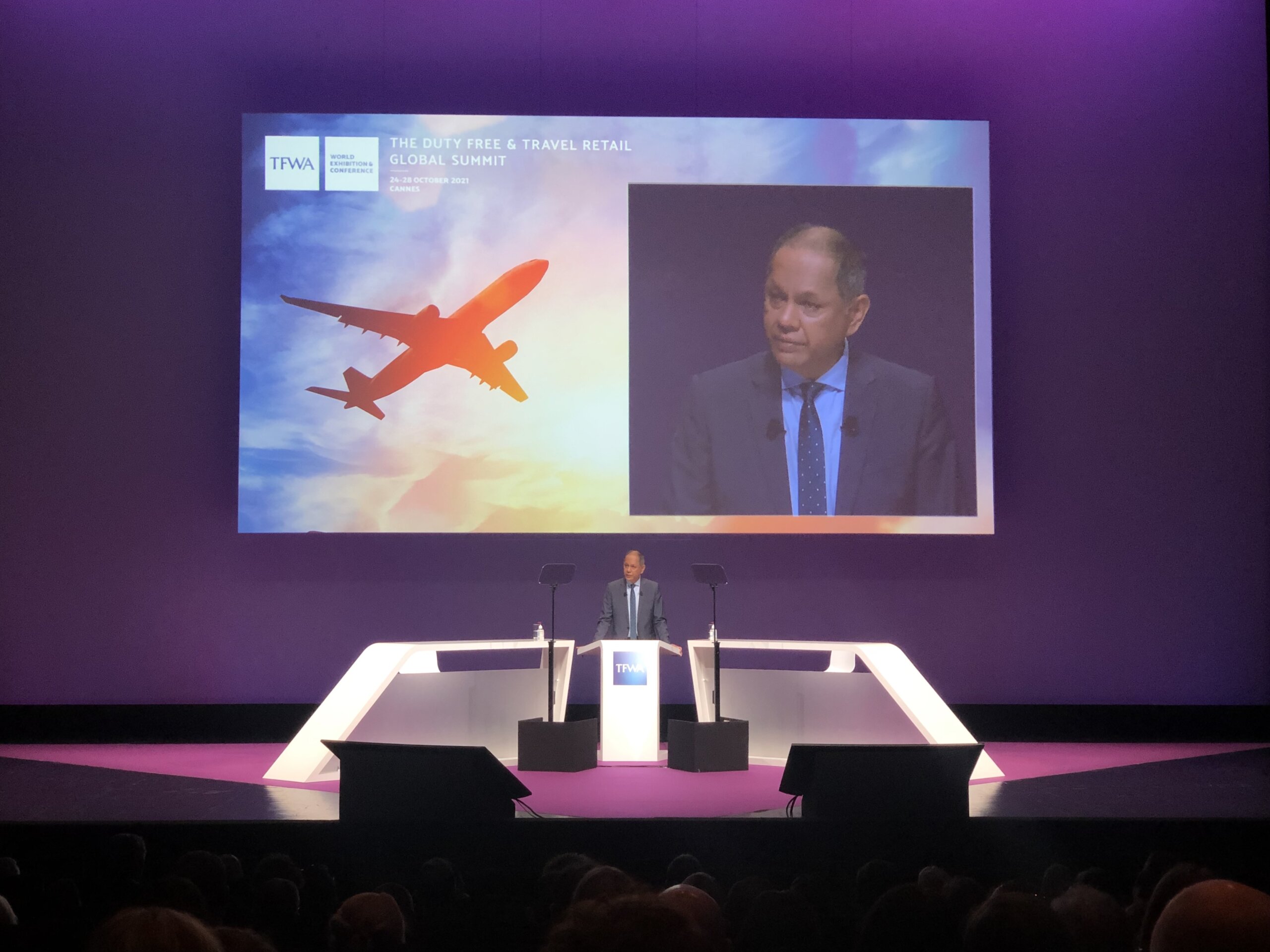Digitalisation is a key topic for travel retailers as they strategise to fast-track ecommerce, embrace new online shopping behaviours accelerated by the pandemic and look ahead for a road to recovery.
At the recent virtual Summit of Americas conference, organised by The Moodie Davitt Report in collaboration with industry organisations IAADFS and ASUTIL, retailers and brands discussed recent trading and post-pandemic plans.
Corporaction America Airports CEO (and ACI Worldwide Chair), Martin Eurnekian kicked off the Summit of Americas Knowledge Hub with a call to arms for the travel retail industry to make digital a top priority: “Digitalisation is the next big challenge to appeal to a new generation of digital natives, they’re looking for frictionless travel. They will drive new behaviours in travel consumption.”
Motta Internactional is doing well with digitalisation progress, says SVP Aurelio Barria Barria: “Digitalisation is key to promote services such as ‘reserve and collect’, which is popular among our customers. We are creating new relationships to promote products available only at airports. We all need to have closer relationships – we need to negotiate new terms with airports, we need to let them know ‘good’ partners are important (to develop new business), we all have to be creative.”
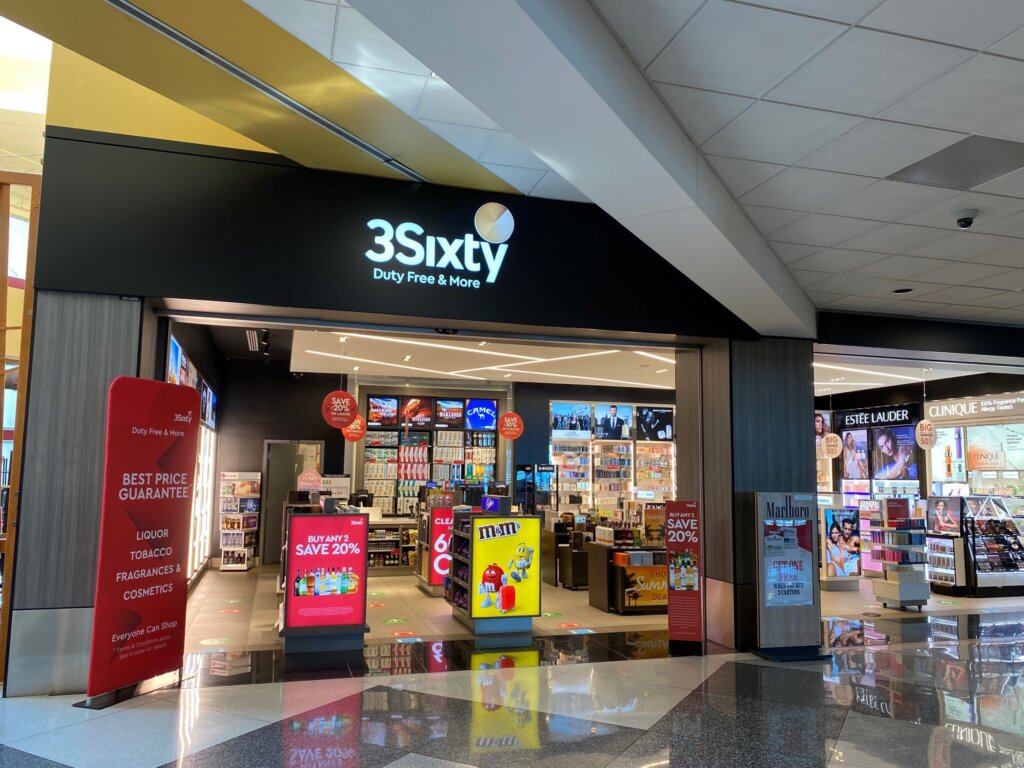
COO of 3Sixty Duty Free, Alex Anson-Esparza says digital has been an important catalyst for change. While many of 3Sixty’s airline partners (including Air Canada and Avianca) have not yet resumed sales of duty-free products on board flights, some of its lost inflight revenues have been made up by developing omnicommerce retail and as a result the retailer has seen a ‘good evolution of sales’ across its Americas markets.
“Omnichannel is so important to drive engagement – it’s all about getting to know the consumer,” says Anson-Esparza. Working with airlines is bringing 3Sixty a number of digital advantages, as Anson-Esparza highlights how 60% of bookings are made directly with the airlines instead of booking platforms. “They know who is travelling from the reservations – the times, family or business trips etc. Airline-based trave retail will be the future – we need to develop and deliver a new inflight phoenix rising. Omni-investment has delivered ecommerce success, it’s a reassuring fact and has been accelerated by Covid.”
The 3Sixty airport retail operations have seen a good evolution of domestic traffic, which in Q1 has been around 50% of where the retailer was in 2019 says Anson-Esparza. “Consumer [retail] trends are being driven by brand platforms, these are moving at pace and we need to keep up. We need to invest in these fast moving domestic-to-travel retail trends. As shown by the domestic sales performance, it’s the right time to invest now.”
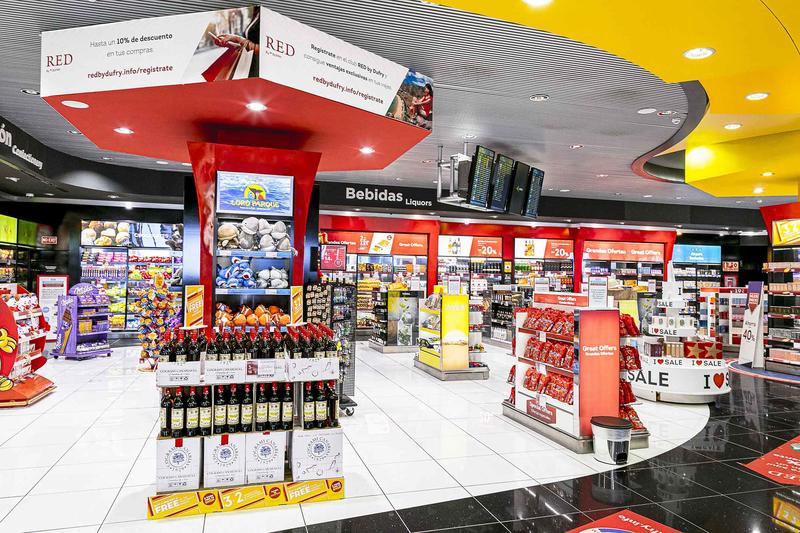
“Digital is a key tool for sales to bounce back” says Dufry GM Sub-Cluster South America Enrique Urioste. He says Dufry is making progress being more in touch with the passenger pre-trip. “The whole journey offers multiple retail touchpoints to get to know the passenger better. It’s about a collaborative environment, reinventing relationships within the aeronautical community in order to give passengers a better experience,” he says.
“This economic crisis has presented a unique opportunity to reinvent the future of global travel retail: for the retailers that means unique prices, for airports its unique experiences and for brands it’s a unique offer. The leisure traveller will come back fastest, we can offer them the most unique offer through data mining.”
Motta’s Barria suggests digital may lead to a reduction in the size of duty-free stores and/or the number of duty free SKUs. “We have to look at the cost per sq m of operating stores and perhaps reduce staff levels, look at the number of specialists we have on the shop floor and redirect them into digital.”
In a post-Covid market, travel retailers need new relationships with suppliers, according to Barria. “We have to find a price that works – ecommerce is killing GTR. There has to be a new relationship taking into account the success of ecommerce,” he says.
Anson-Esparza thinks brand owners need to partner in an equitable way. “If we focus on Chinese for example, big P&C groups have had successful sales despite the dip in passenger traffic. Ecommerce in China has mitigated the drop in sales. This points to an evolution of selling direct to consumers.”
However, brand partners need to look ahead at the return of international travellers as customers, not just focusing on domestic.
“In South America there is increasingly a mix of duty-paid and duty-free. If there is an appetite and opportunity for both categories in the airport, then why not? This may well be the fastest route to recovery,” suggest Urioste.
Anson-Esparza says 3Sixty continues to look at the accelerated roll out of wifi on airlines. “It’s not always free but it’s a consideration for commercial opportunities. For example, Singapore Airlines wifi is free to use for passengers to shop the inflight offer. Connecting and engaging with the customer is key to develop omnicommerce.”
As a retailer his strategic questions are: how well do we know our customers? How can we increase penetration rates through digital? How can we collaborate with airlines on more VIP passenger/customer offers?
Dufry COO South America, Gustavo Fagundes says digitalisation has already become an integral part of the group’s retail operations. Dufry’s omnichannel offers, such as reserve and collect through departures and arrivals, have been in use for sometime. Newer focus is being placed on digital learnings, for example from Dufry’s recent partnership with Alibaba and for the Hudson partnership with Amazon.
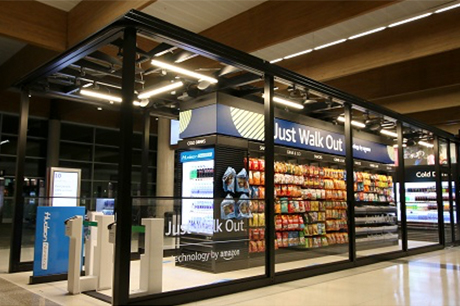
“We’ve been investing a lot in digital for the future,” he says. “We understand how our customers shop more through digital touchpoints, for example seamless cash-out. The most important thing for understanding digitalisation is to know the customer and their reason for shopping.”
Online content is key from brands, retailers can leverage that across digital, says Jackie McDonagh General Manager of AerRianta International North America. “We have a 360 degree experience at ARI – customers are more prepared, we talk to them pre-travel much more.
“There are new consumer expectations, both need and want, we are blending them both together, via digital or human sales. Humanising digital experience depends on the categories, especially in luxury, for GTR premium or high-end products. Luxury is less competitive and more collaborative when it comes to selling. We link selling with what’s happening more from the human interaction in the store.”
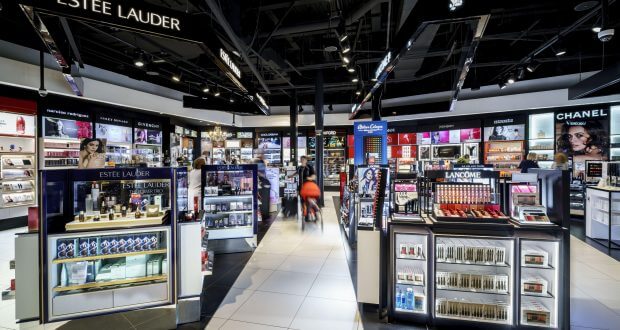
McDonagh highlights how ARI has a digital roadmap across all its retail locations, a good example is the recently launched e-commerce website in Ireland, which has worked well for Canada and New Zealand too.
For McDonagh, the power of digital means how to work with brands and equally, how to work with airports. “Instead of how airports talk to consumers, how about more wayfinding plus shopping integration? This is what ARI is looking at now,” she says.
“As a retailer, we are working with airports as that ‘convenience platform’. It’s about navigating that new dynamic within an ecosystem of airports. The best opportunities are when the travel retailer works with the airport.”
McDonagh says ARI’s focus on digitalisation is about how to improve the customer experience. “With 57% of shoppers preferring a quicker shopping experience post Covid, digital really sums up how duty-free information needs to be on point. So when the customer get to the airport it’s all seamless – communication for a 360 degree customer experience will be key.”
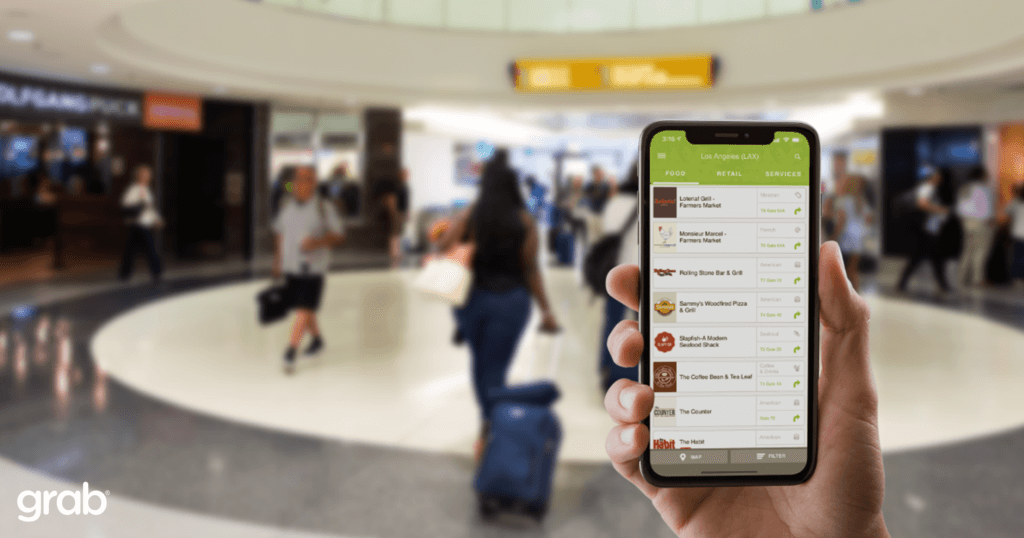
Servy CXO Jeff Livney says data ownership will drive a new airport retail experience. “Everyone wants to own the customer [data].” As the platform in the middle, we can’t share the data but we can build personas. We don’t need to know their PII (personally identifiable information) but we can share how to reach them, enhance and personalise the experience.
Airline channels are great, but they only reach one segment of a customer, not everyone will download and use an airport app.”
Hershey International Chief Commercial Officer William Pritchett highlighted some recent market research from the confectionery giant, that found 38% of consumers are willing to shop online or pre-order and collect their purchases upon boarding or at arrivals.
For brands to develop their own ecommerce, the digital platform needs to deliver a shopping experience and convenience is essential, according to the Hershey research.
Pritchett says digital is a catalyst for change. “With change comes opportunity, for example via data sharing. we’re looking at opportunities for omnichannel – using our data from in-store interactions.

A case in point is the recent Hershey JFK pop-up that showcased an exclusive [travel retail] product line up, only at JFK and Times Square, New York. “We extended it over the pandemic for six months due to its popularity and it provided an experiential showcase opportunity,” he says.
Essence Corp Vice President Sales TR North & South America, Antoine Bona says the beauty distributor’s approach to digital has been to work with its retail partners to help them develop their own campaigns, to drive online traffic to their stores.
“Digital has been a huge focus recently, for example influencers and Instagram Live for brand building. We can see how our brand partners are getting more confidence in digital promotions, for example across social media.
“We’ve used the pandemic to look at how occasions for purchasing are changing. In fragrances it’s celebratory, it’s all about the top 20 perfume brands. We want to work with our partners to help promote hero products: fragrance has been doing well, because consumers are buying their favourites online.
“Maybe the [duty-free] store dynamic will change on beauty categories, we might see bigger ranges for home, bath and body, edibles, wellness products,” says Bona.

Bacardi Global Travel Retail Global Head of Marketing Ignacio Vázquez points to the role of Global Travel Retail as a “gateway for consumers to discover Bacardi brands”, especially through digital engagement.
“Lockdown has sparked a trend for experimentation at home – our on-trade has become our home-trade – we want to see how we can develop that when travel returns,” he adds.
Vázquez says a number of consumer trends are driving innovation at Barcardi: “There’s this culture of drinking less and drinking better. Consumers are moving towards more healthy drinking habits: the No-Lo trend is growing, sustainability, caring for the planet is important to our customers, we need to look at these trends for new consumer drinking behaviours.”
The Dewars boutique in Hainan is an example of a downtown campaign that shows Bacardi is investing before the upturn comes in newer [travel retail] channels, says Vázquez. “For example, local retail and delivering to consumers to catch them where they are – they’re more demanding, more connected in domestic. As we see ecommerce sales increasing in domestic, it will be about pricing differentials [in travel retail].”
“It will force us to focus on value propositions in GTR – that element of discovery and surprise to drive conversion in our channel. Also, increasing our focus on sustainability messages – Bombay Sapphire, made of 100% sustainably sourced botanicals that talks to new world consumers.
“We need to be more agile/ activating campaigns more quickly, the ability to move fast [via digital] is there, we don’t have to wait for an instore promotion. China’s digital ecosystem has led the way – we need to work together to make ‘transformation’ happen in GTR,” he says.



